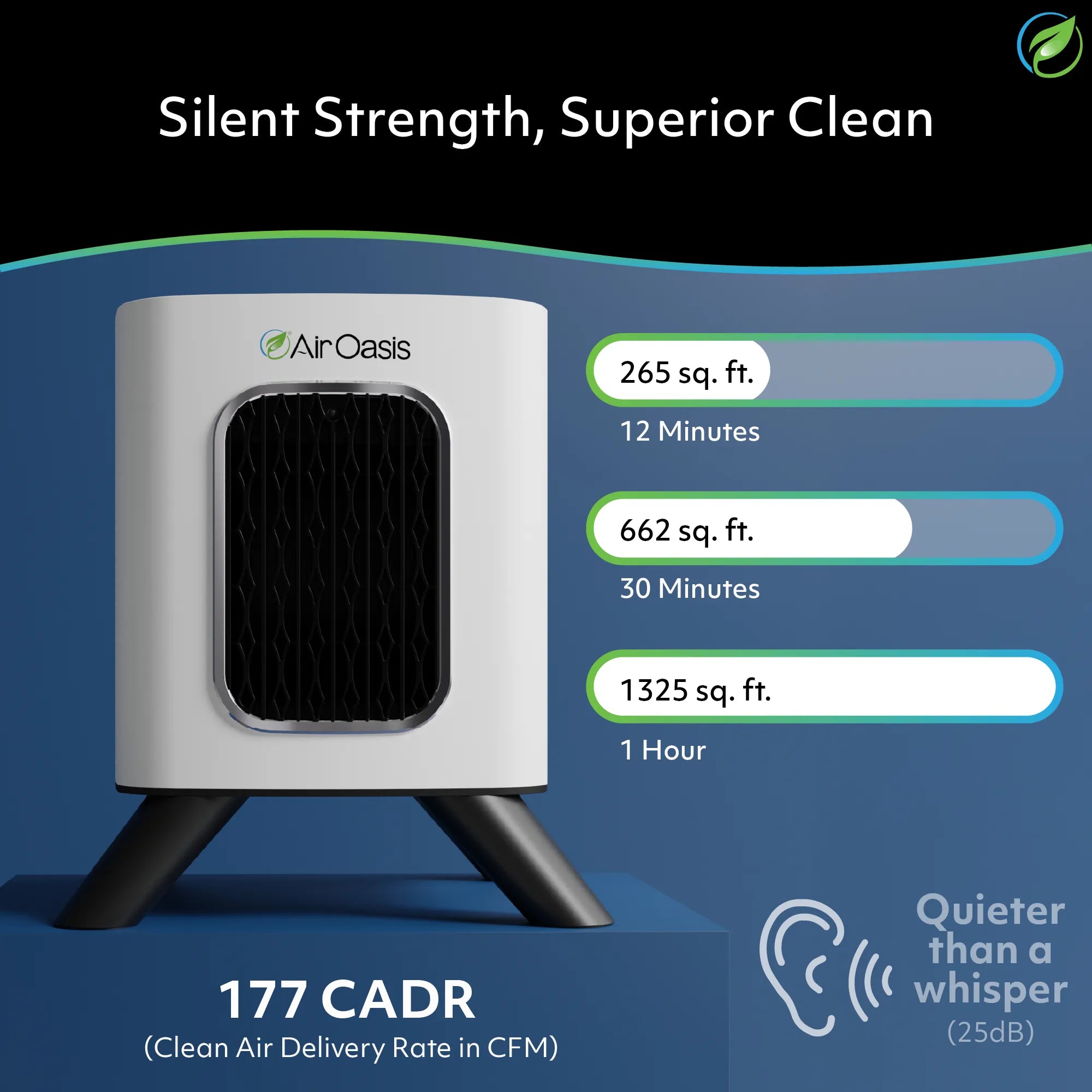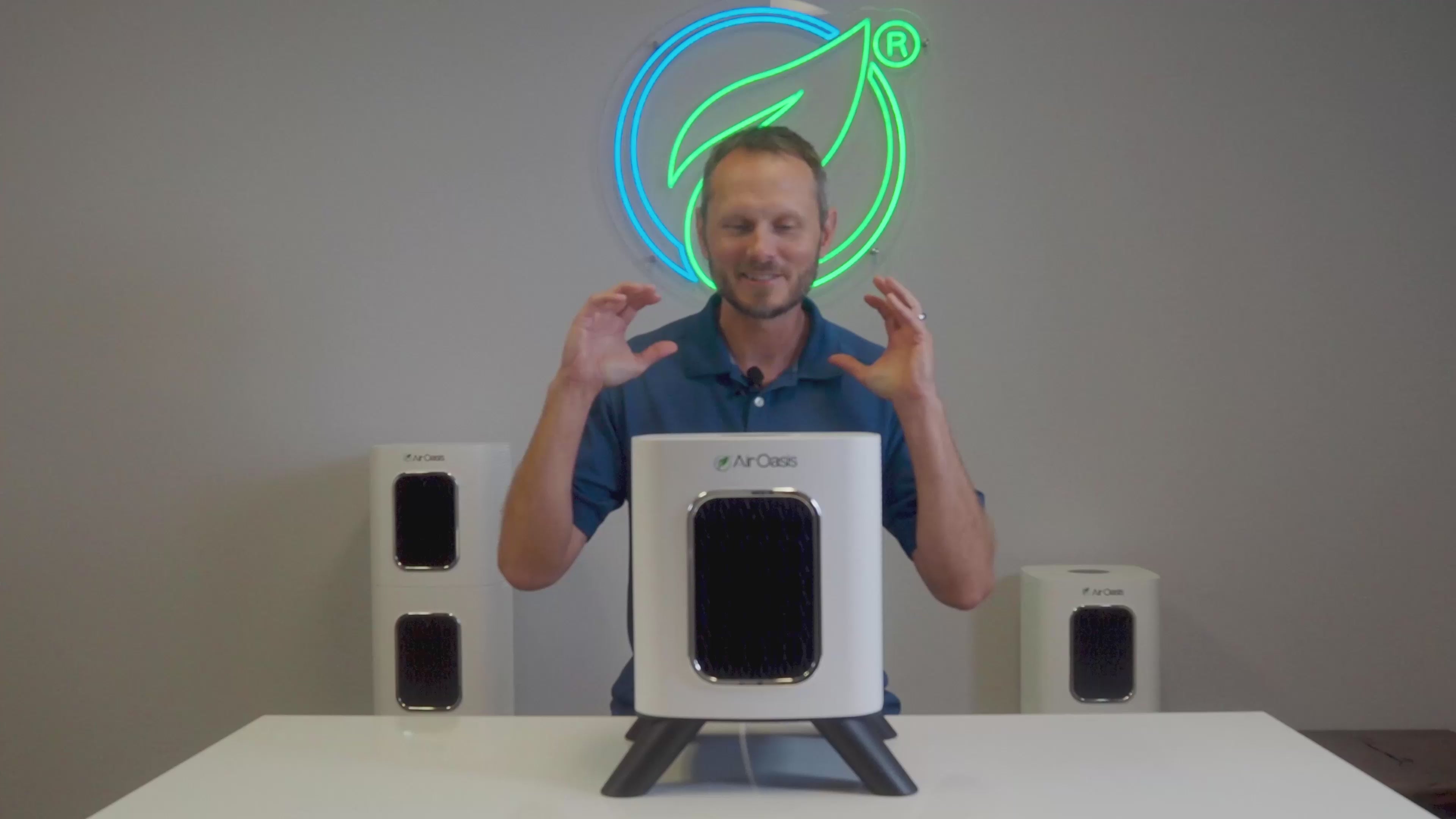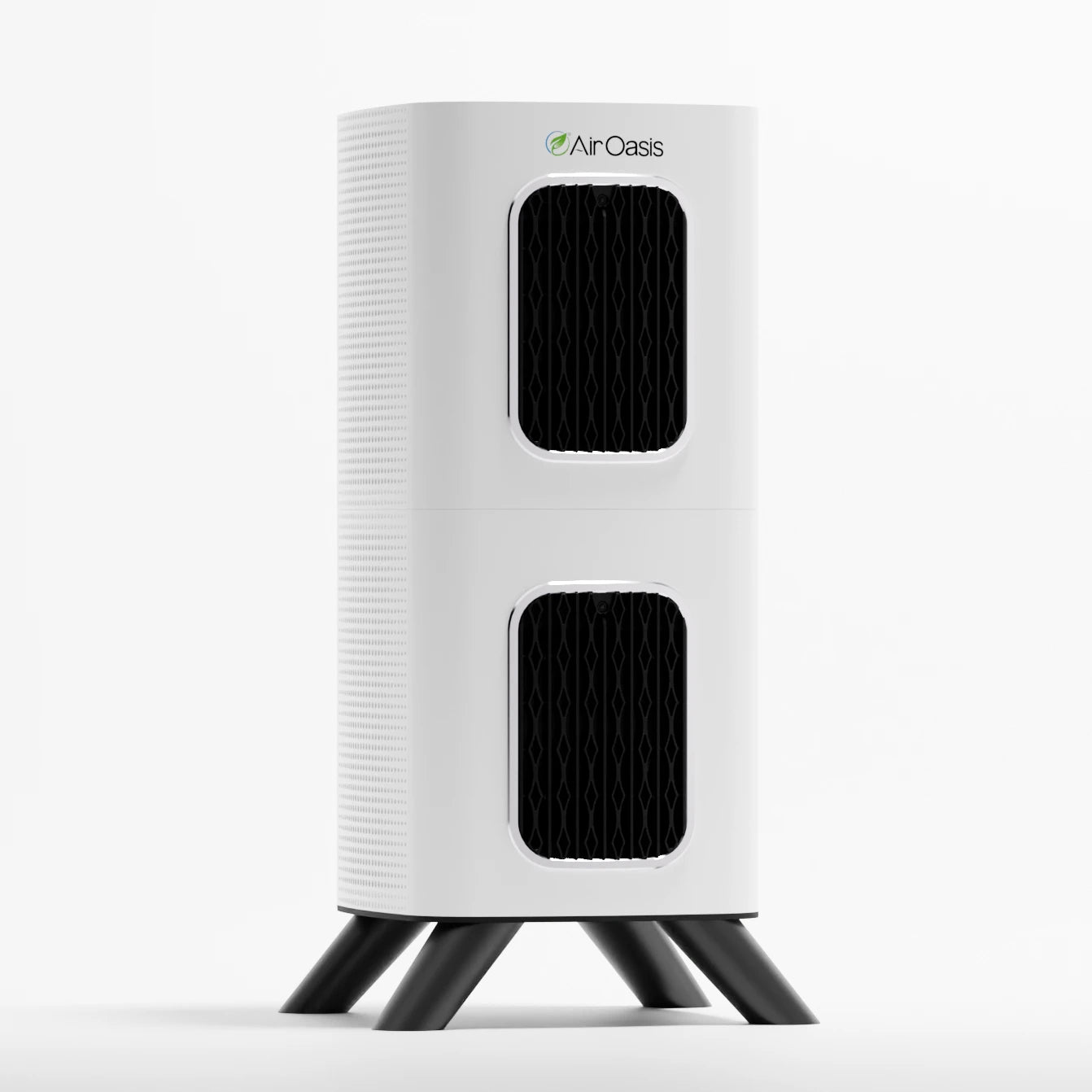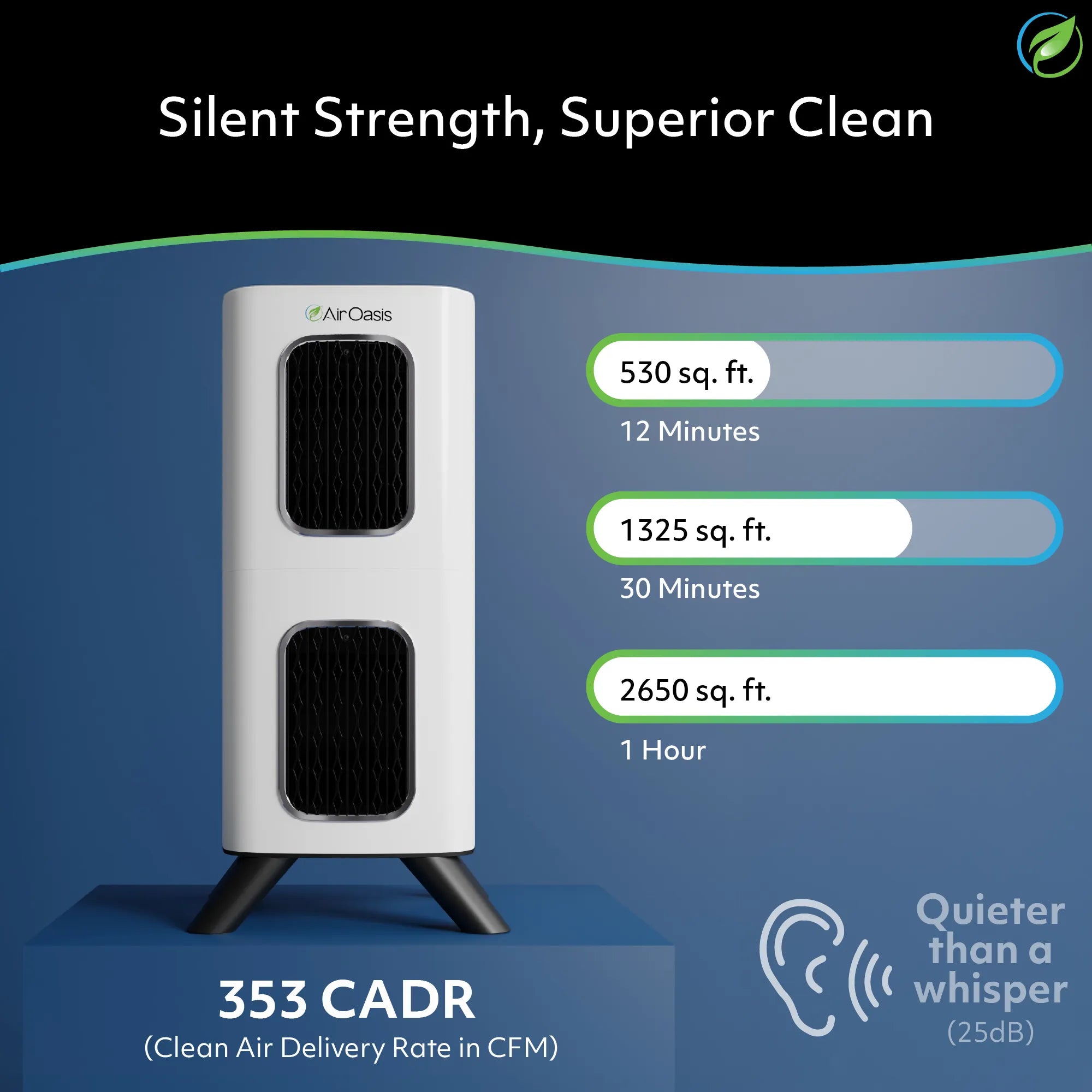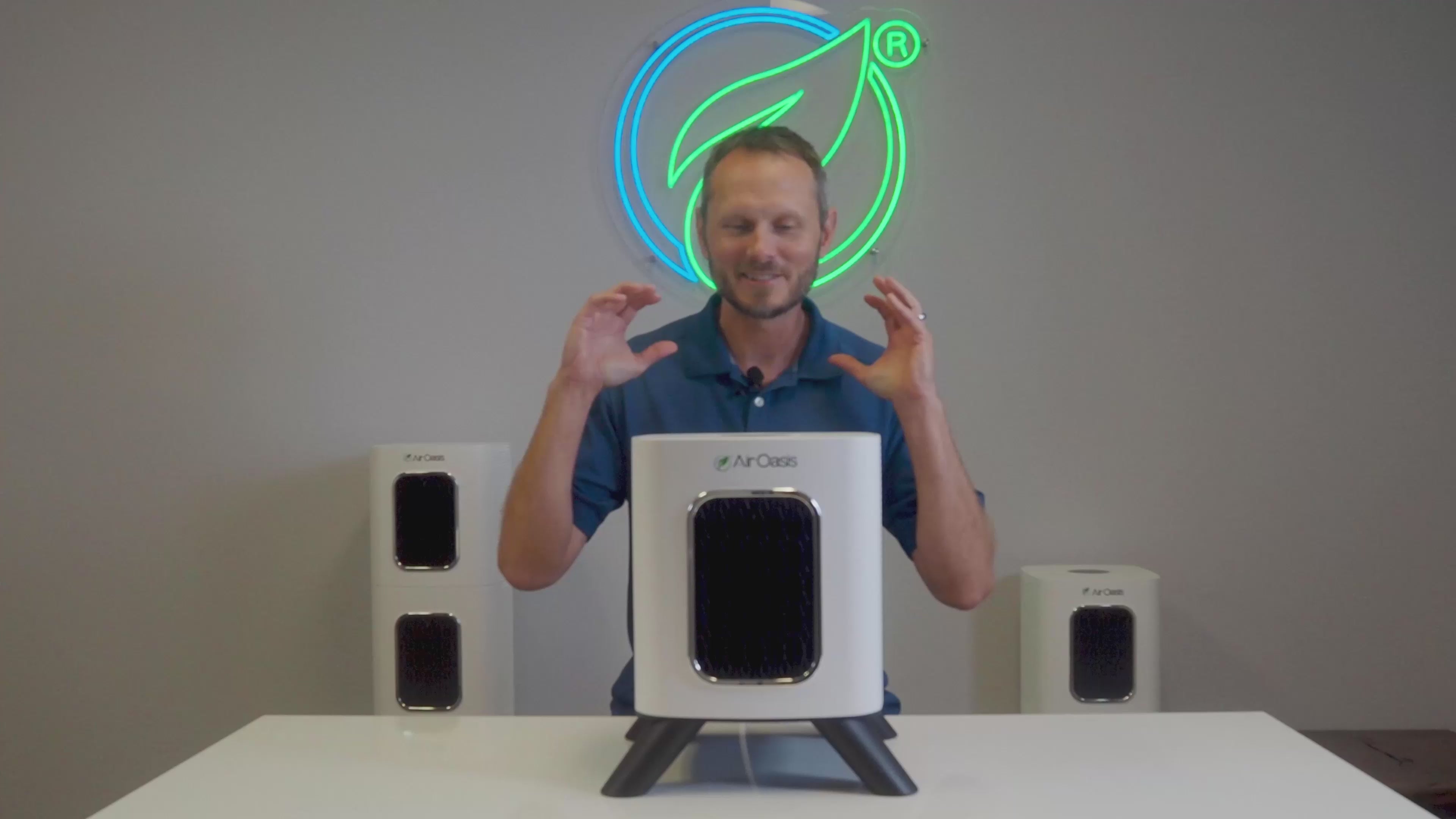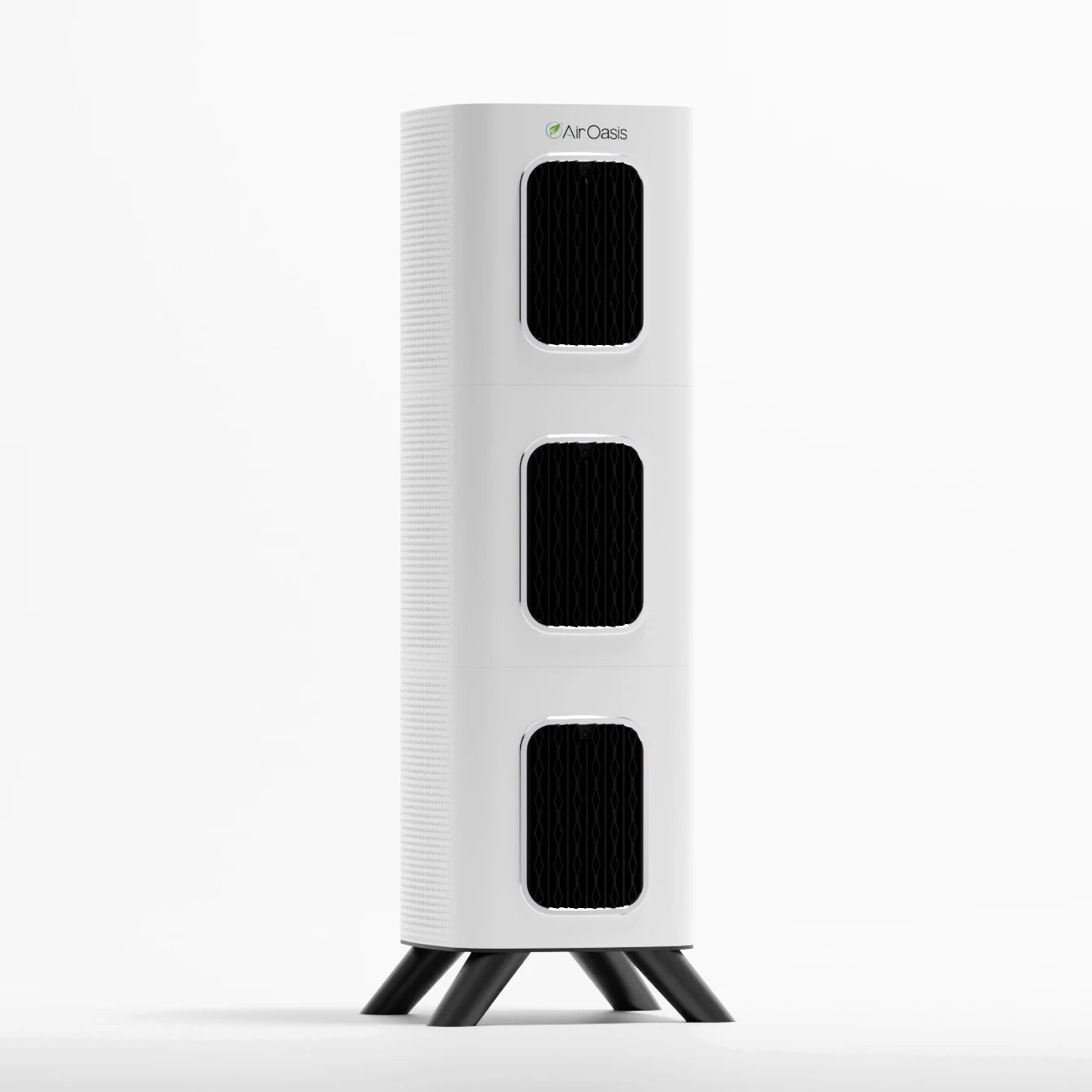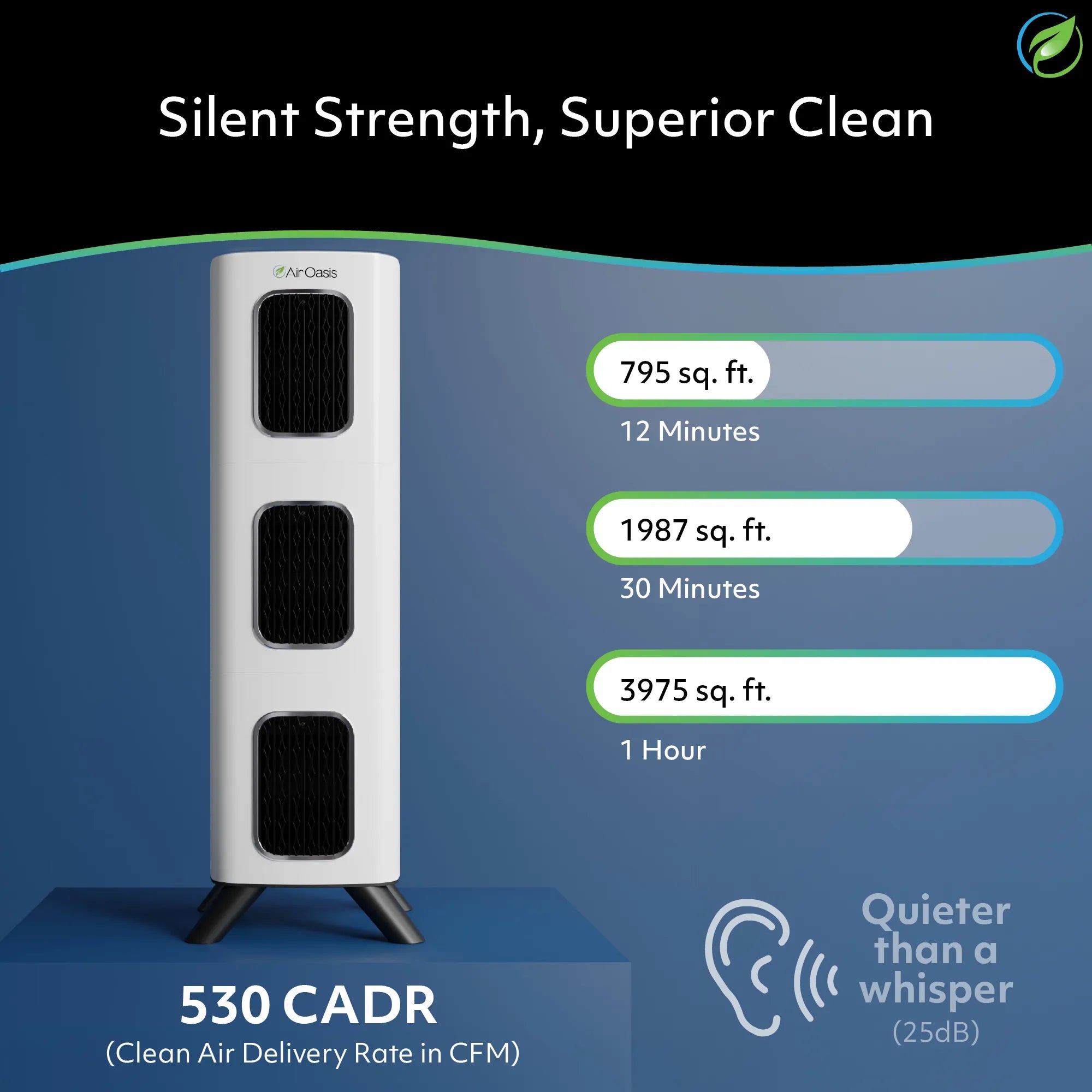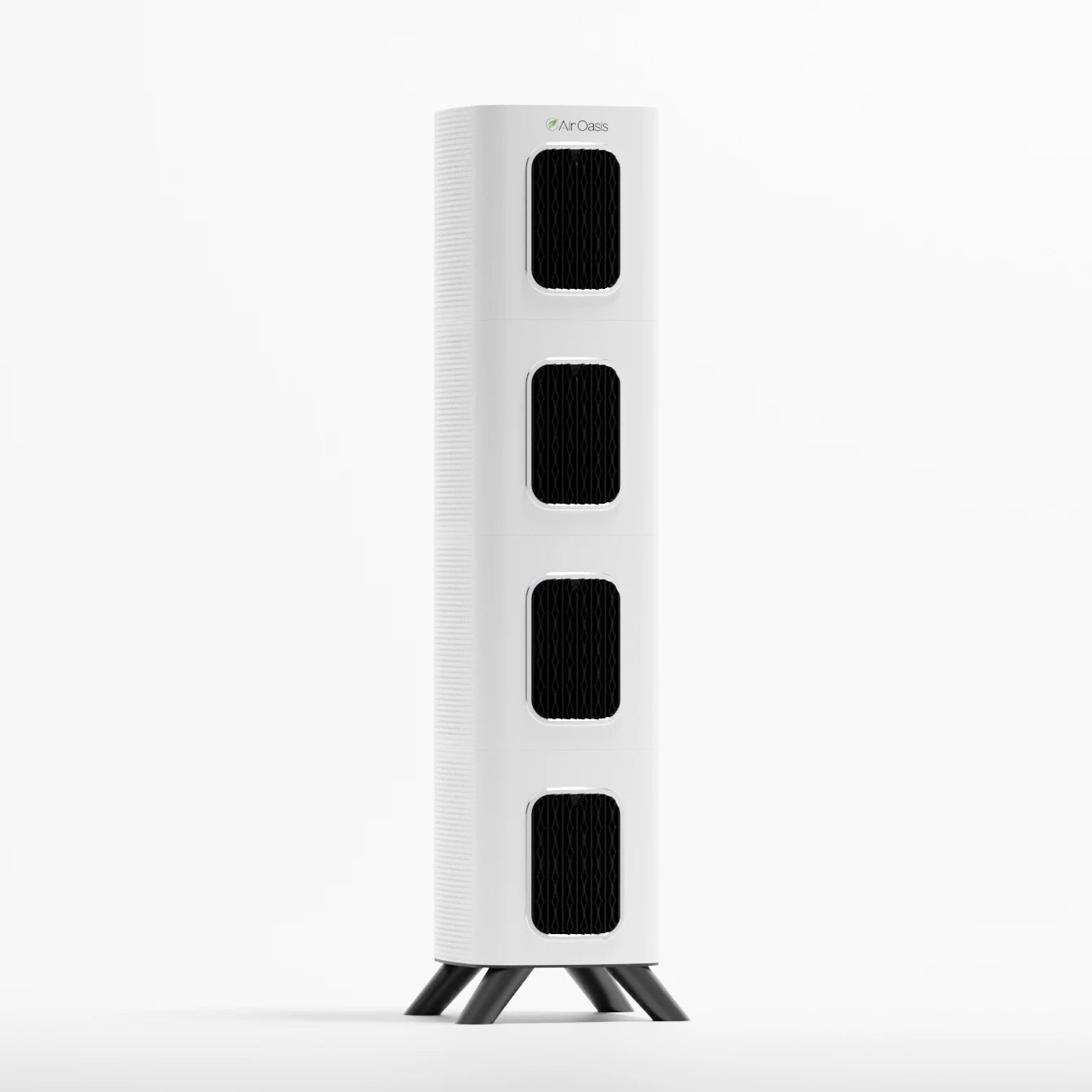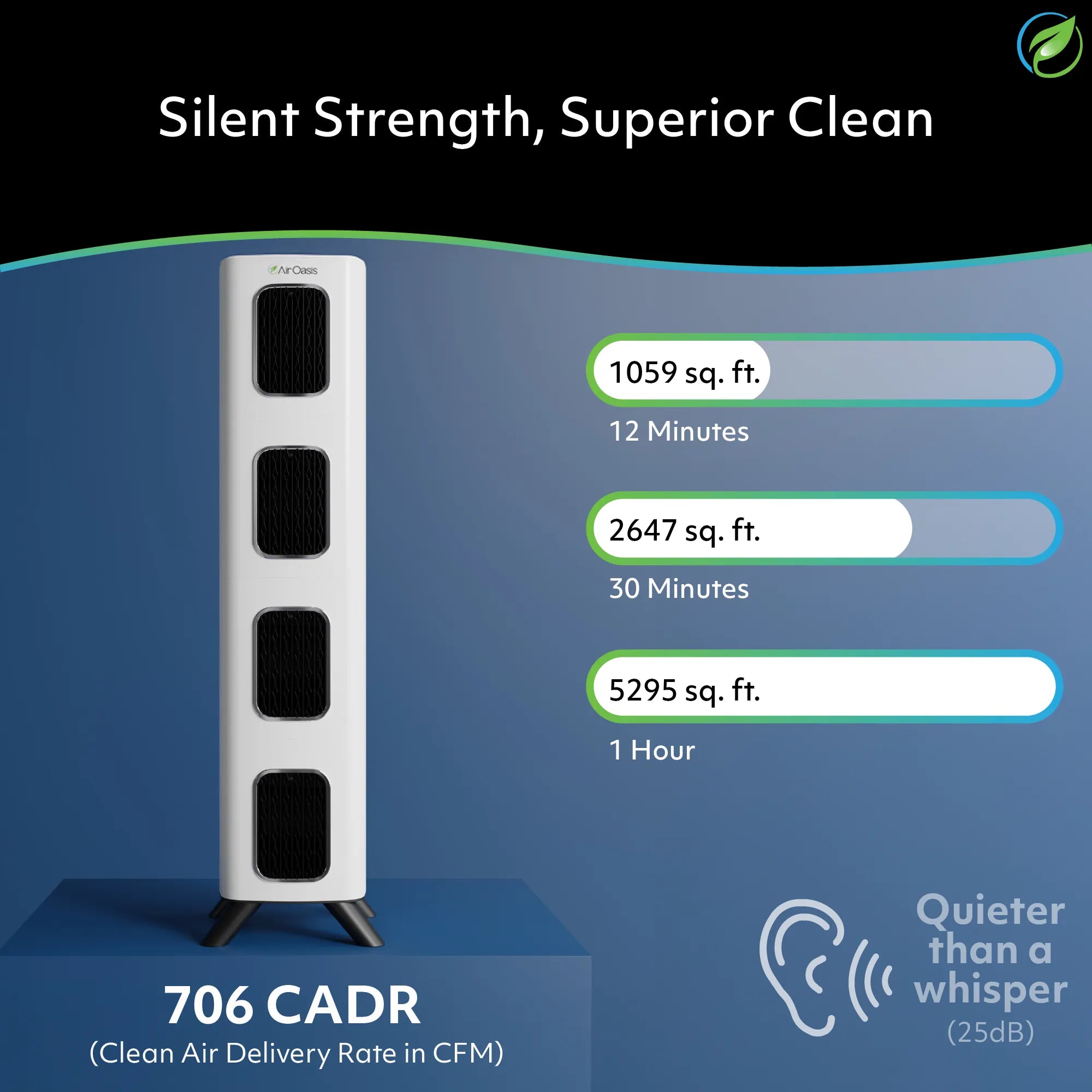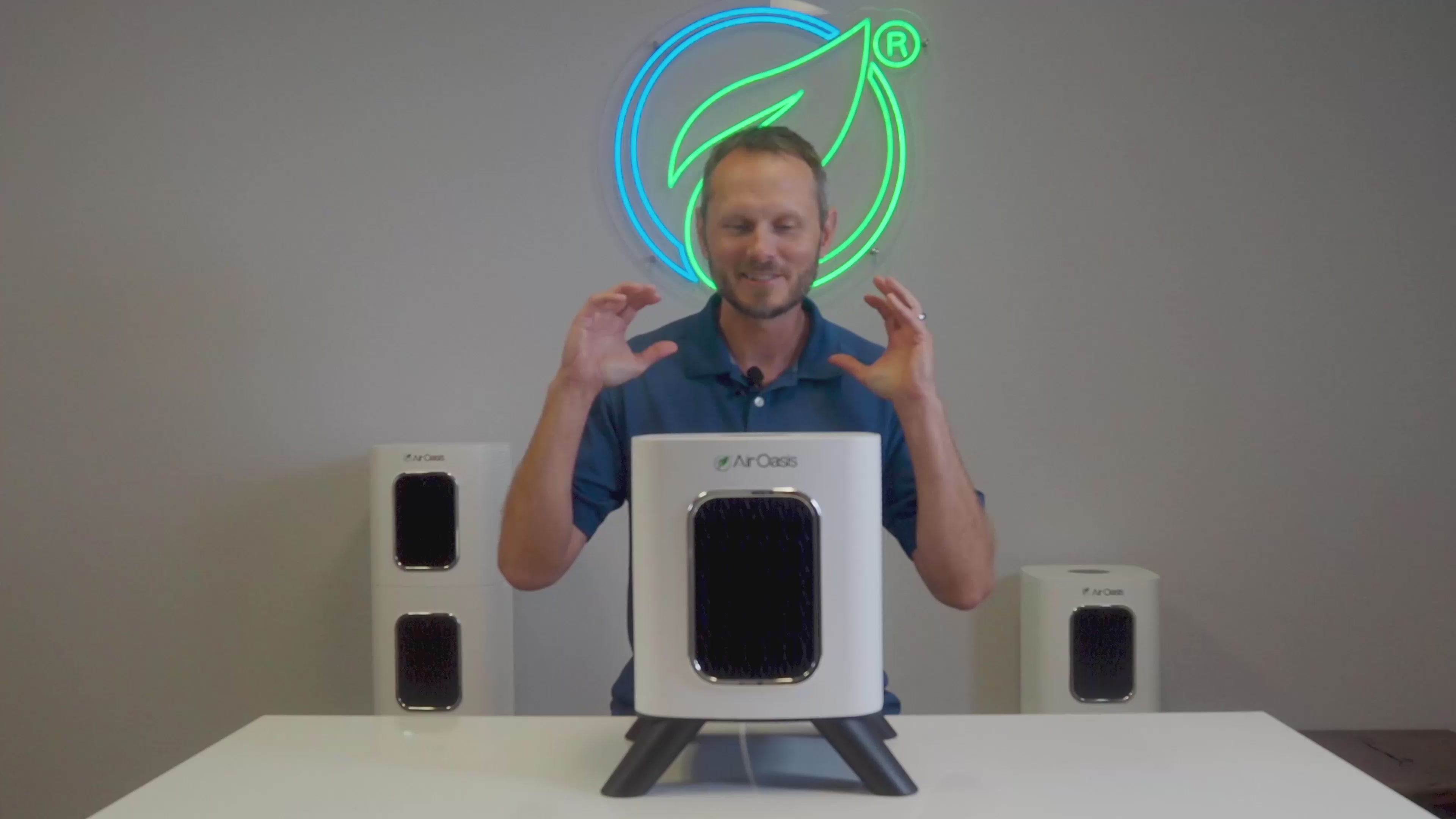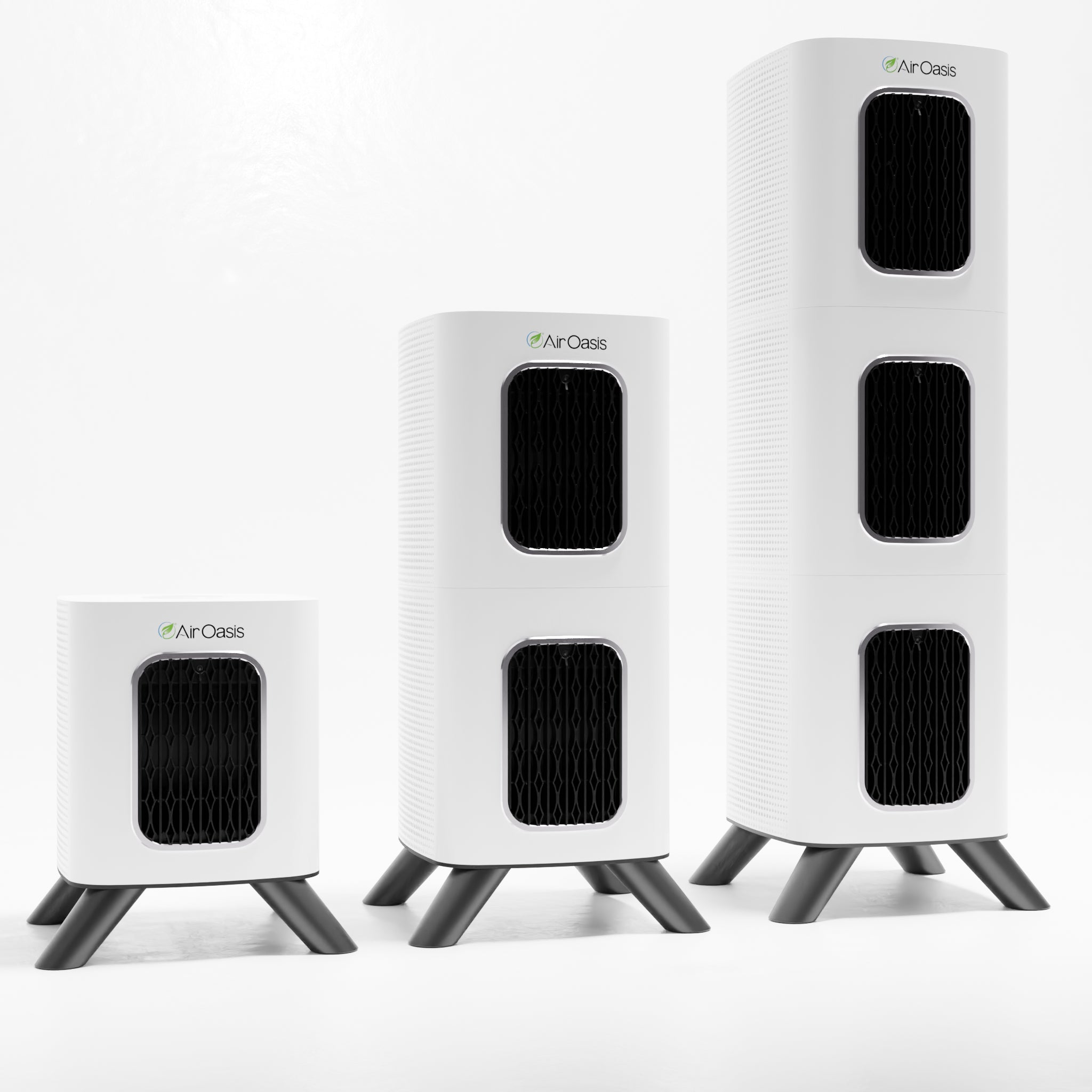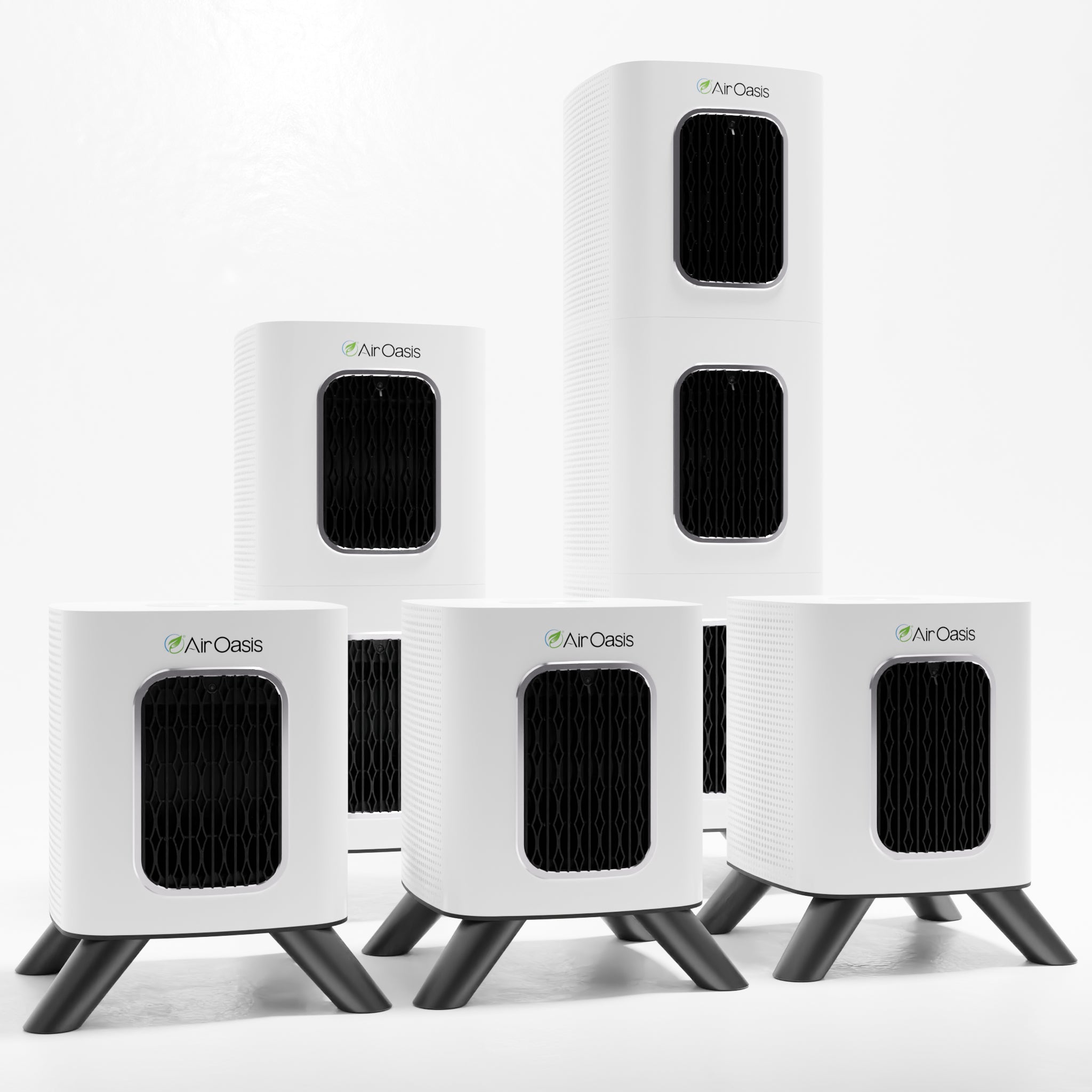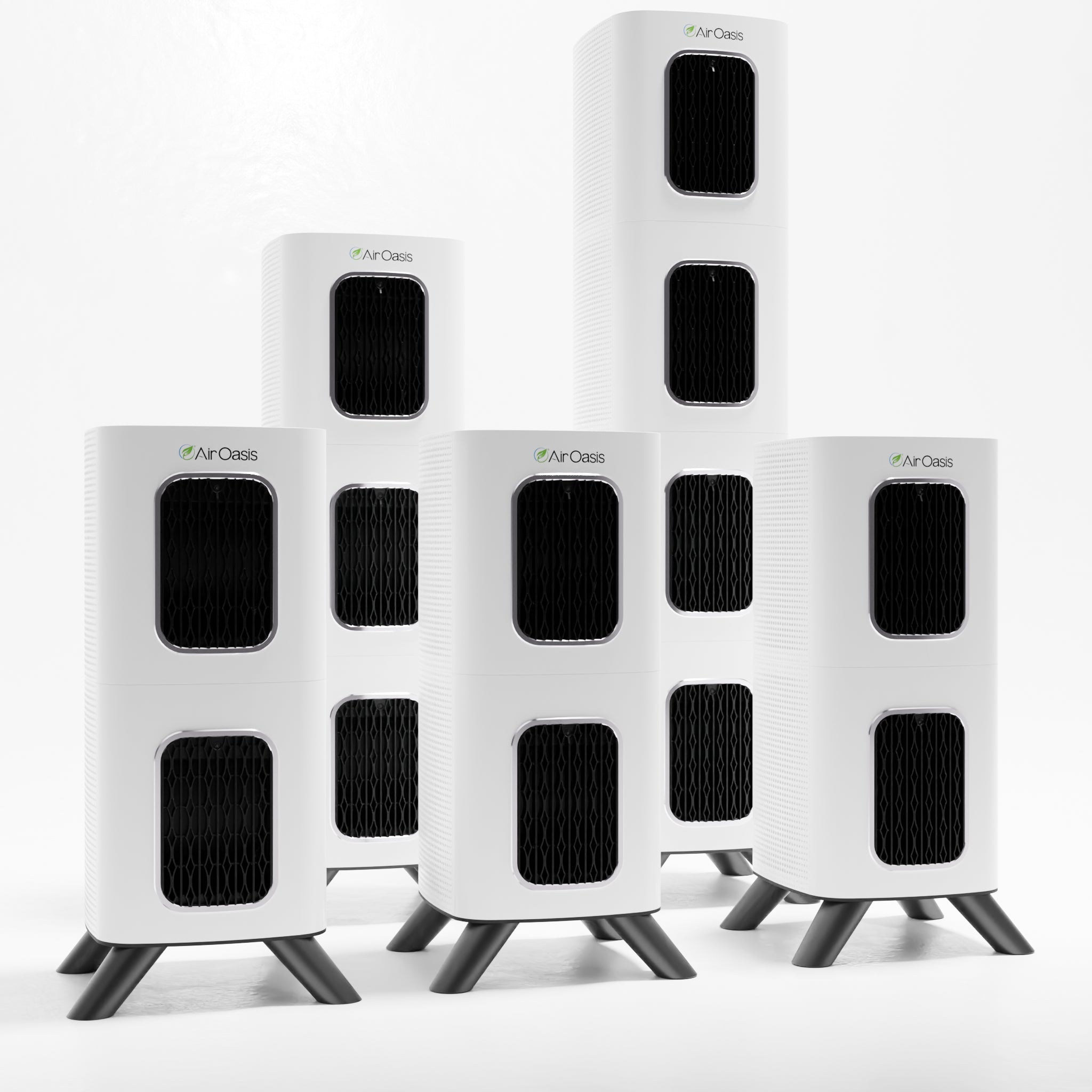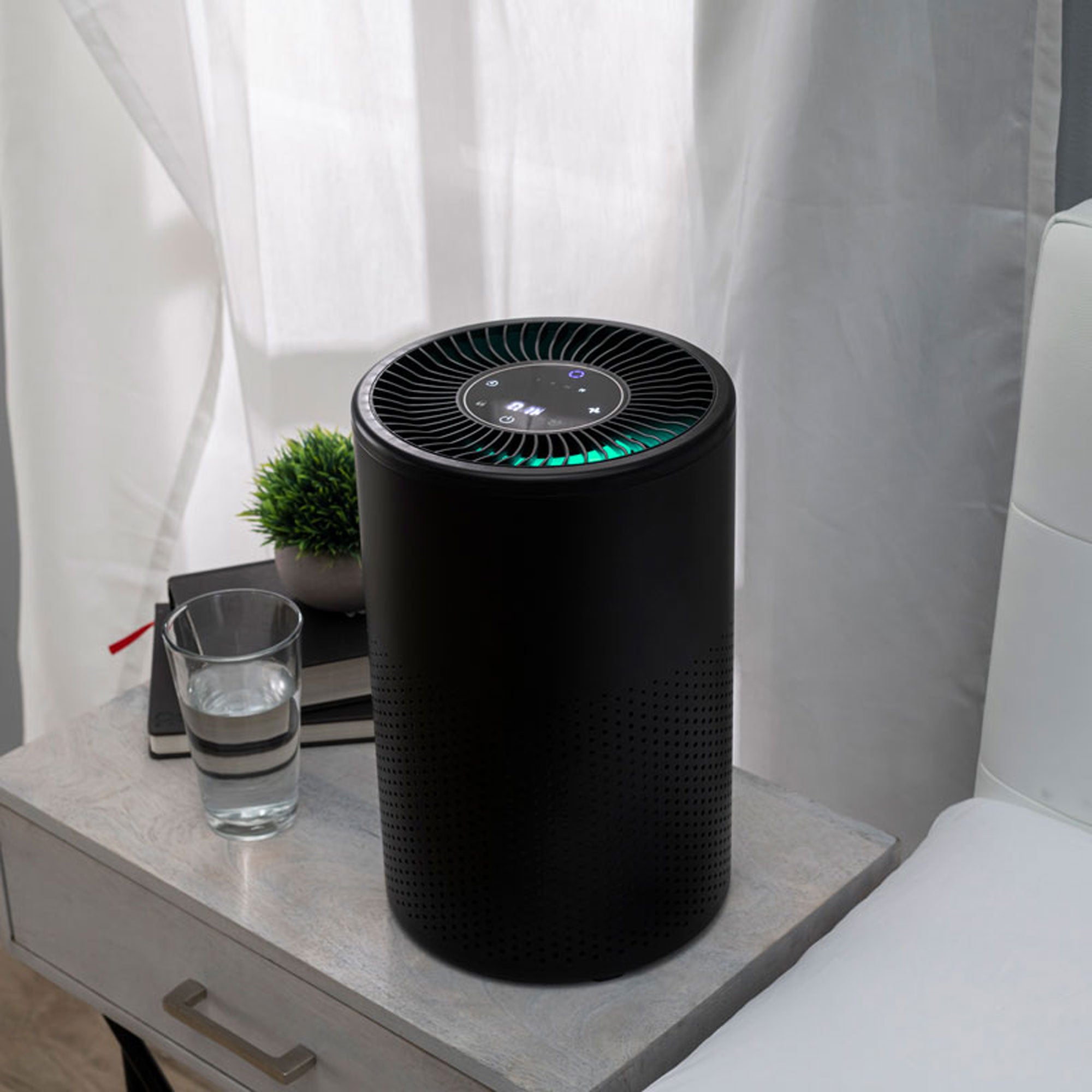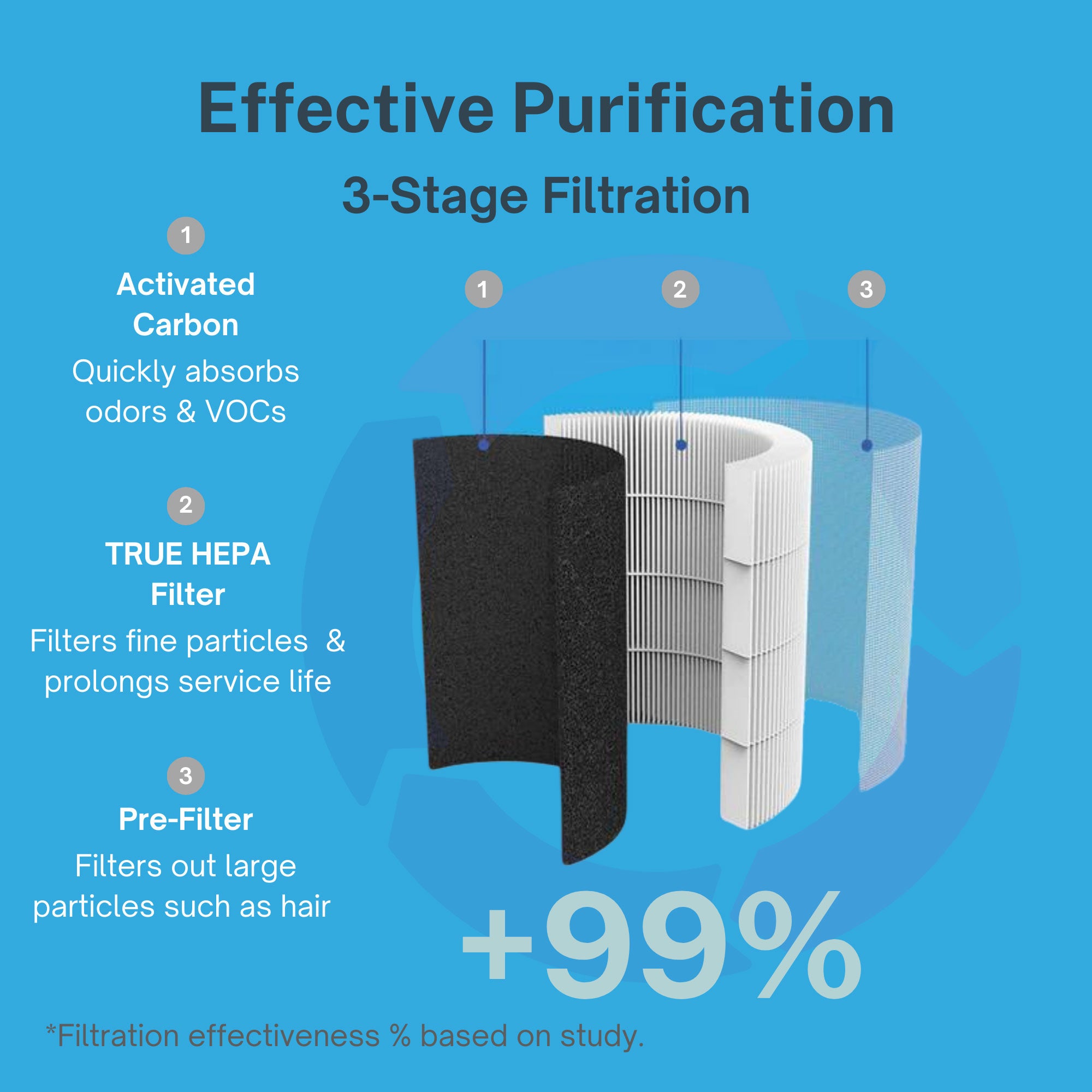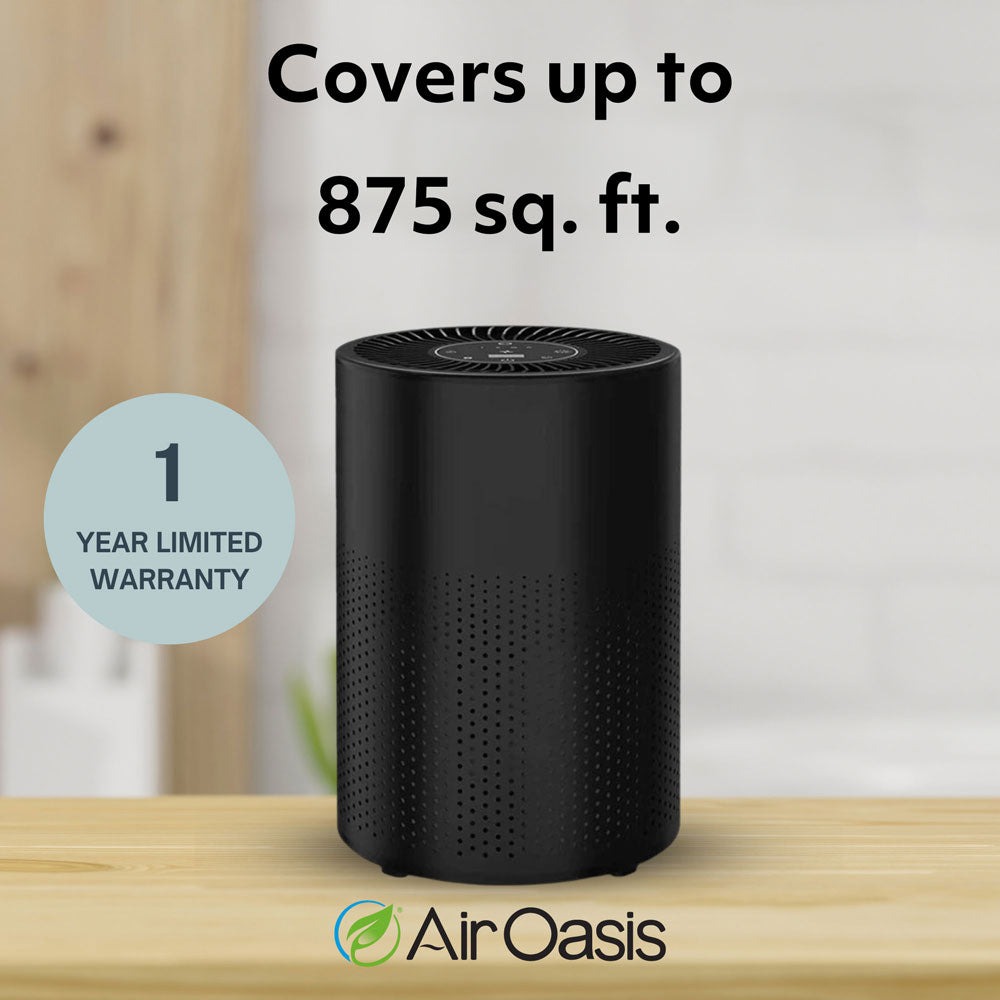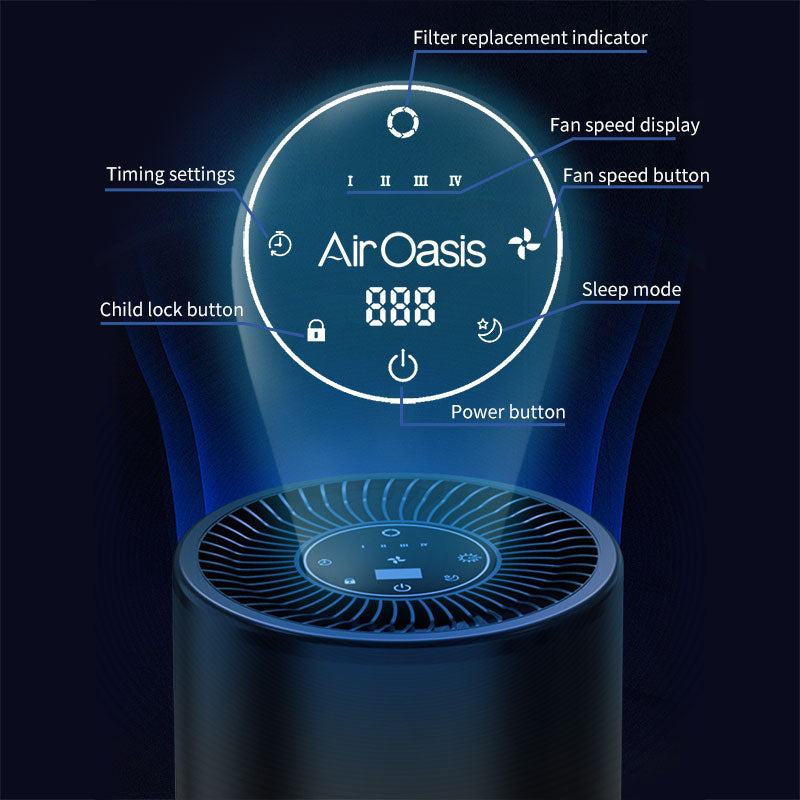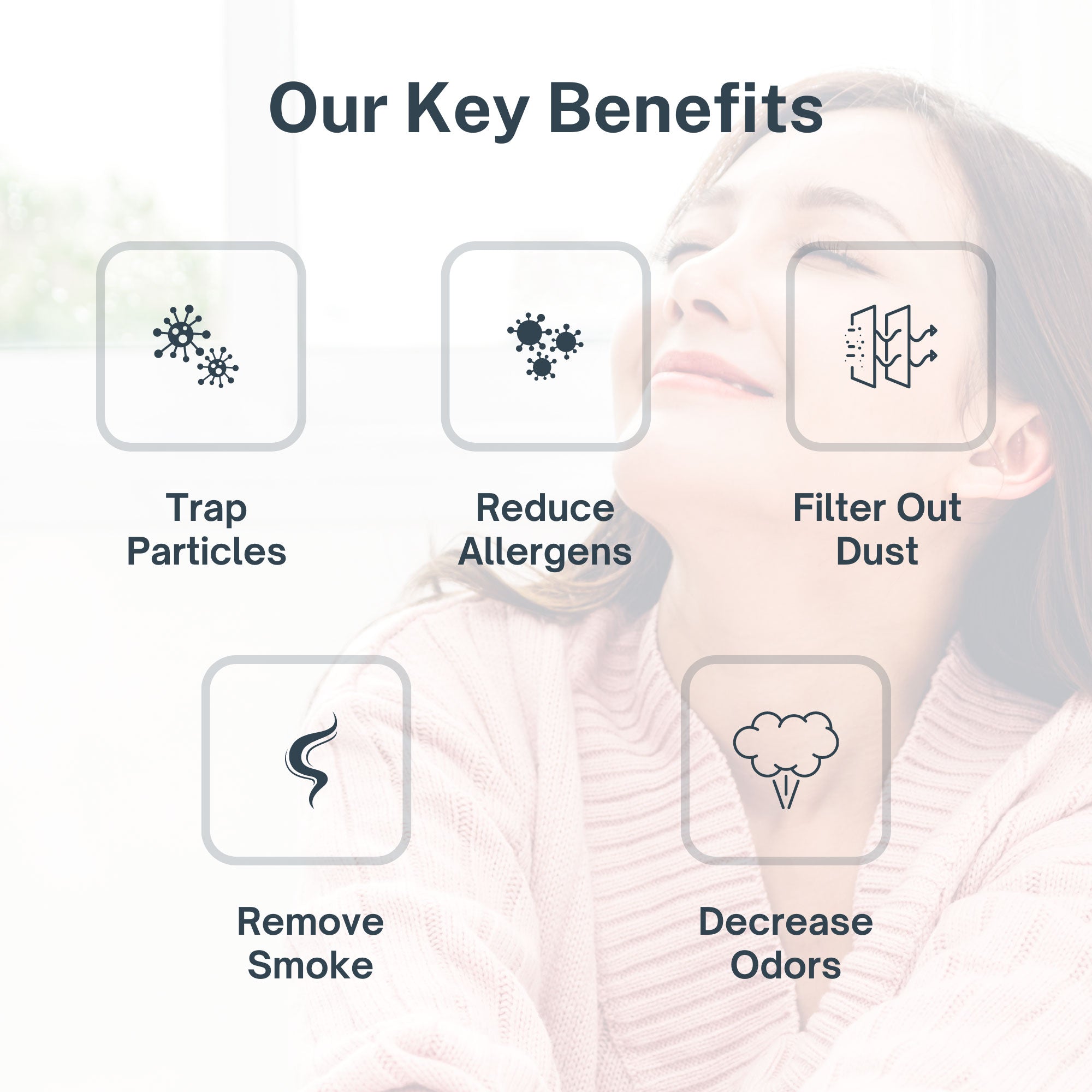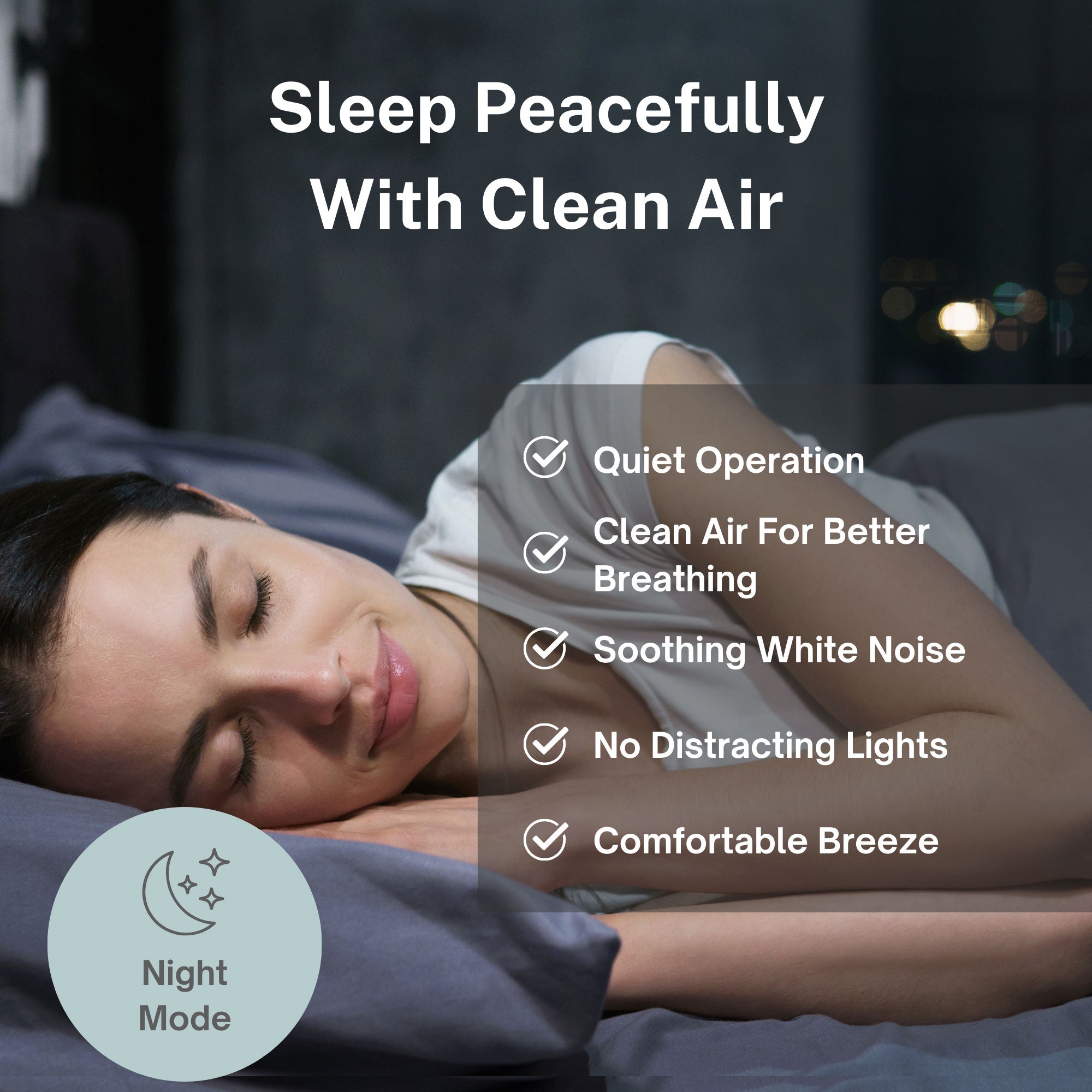The artificial intelligence revolution promises to transform our lives, but it comes with an unexpected cost. As AI data centers multiply across neighborhoods nationwide, they're raising serious questions about air quality and public health. Understanding this connection matters more than ever if you care about the air you breathe.
The Hidden Environmental Cost of AI
Every time you ask ChatGPT a question or use an AI image generator, massive data centers work behind the scenes to deliver those results. These facilities require enormous amounts of electricity to power their processors and cool their equipment. A single AI data center can consume as much electricity as a major international airport.
Here's where air quality enters the picture. Most of our electrical grid still relies heavily on fossil fuels. When data centers demand more power, utilities often delay closing coal and gas plants or even build new ones to meet that demand. This means more combustion, more emissions, and ultimately more pollutants entering the air we breathe.
The situation becomes more concerning when you consider backup generators. Data centers can't afford downtime. To ensure uninterrupted service during power outages, facilities install large diesel-powered generators. These backup systems release significant amounts of particulate matter and nitrogen oxides directly into local communities.
Understanding the Health Implications
Recent research from the University of California, Riverside examined the potential health impacts of AI data center expansion. The findings paint a troubling picture. Researchers project that data centers could contribute to as many as 1,300 premature deaths annually by 2030 due to air pollution exposure. The public health costs could exceed $20 billion each year as people seek treatment for respiratory illnesses and miss work due to pollution-related health problems.
Air pollution from data centers and their supporting infrastructure affects your body in multiple ways. Fine particulate matter can penetrate deep into your lungs and even enter your bloodstream. Nitrogen oxides contribute to ground-level ozone formation, triggering asthma attacks and worsening existing respiratory conditions. Long-term exposure increases risks for cardiovascular disease, stroke, and certain cancers.
Children face particular vulnerability. Their developing respiratory systems make them more susceptible to air pollution damage. Communities near data centers may see increased rates of childhood asthma and other respiratory conditions. Older adults and people with existing health conditions also face elevated risks from exposure to these pollutants.
When Data Centers Move Into Neighborhoods
The challenge intensifies when data centers locate in already vulnerable communities. Many facilities choose sites in areas with existing industrial infrastructure. These neighborhoods often already struggle with poor air quality from highways, factories, and other pollution sources.
Denver's Elyria-Swansea neighborhood offers a clear example. Residents there already contend with pollution from highways, refineries, and industrial facilities. Studies confirm the area has significantly higher asthma hospitalization rates than Denver's average. Now a new data center brings additional concerns about diesel generator emissions and increased electricity demand.
This pattern repeats across the country. Data centers frequently locate in lower-income communities where land costs less and industrial zoning already exists. These same communities often lack the political power to challenge new developments or demand stronger environmental protections.
The Indoor Air Connection
You might wonder how data center pollution affects your indoor air quality. The connection is more direct than you might think. Outdoor air pollution doesn't stay outside. It infiltrates your home through doors, windows, and ventilation systems. Fine particulate matter easily penetrates buildings and accumulates indoors.
Your home's indoor air can actually become more polluted than outdoor air. Without proper filtration, outdoor pollutants combine with indoor sources like cooking, cleaning products, and off-gassing from furniture. This creates a concentrated mixture of contaminants that you breathe constantly.
The good news is you can take control of your indoor environment. Medical-grade air purification technology removes the pollutants that enter from outside while also addressing indoor sources. True HEPA filtration captures fine particulate matter. Activated carbon filters absorb volatile organic compounds and odors. Multiple filtration stages work together to create genuinely clean air inside your home.
Protecting Your Health in an AI-Powered World
You can't stop the AI revolution or prevent data centers from expanding. You can, however, protect yourself and your family from the air quality impacts. Start by understanding your local air quality. Monitor outdoor pollution levels and pay attention to air quality alerts in your area.
Create a clean air sanctuary in your home. Focus first on bedrooms where you spend significant time sleeping and recovering. Ensure proper ventilation while filtering incoming air. Consider whole-home solutions if you want comprehensive protection throughout your living space.
Pay attention to symptoms that might indicate air quality problems. Increased congestion, headaches, fatigue, or respiratory irritation could signal that outdoor pollution is affecting your indoor environment. Don't dismiss these signs as seasonal allergies or minor issues.
Your Right to Clean Air
The AI boom presents complex challenges for communities and public health. While technology companies promise economic benefits, the environmental costs deserve equal consideration. You deserve to breathe clean air regardless of where you live or what industries operate nearby.
Taking action to protect your indoor air quality isn't just about comfort. It's about safeguarding your long-term health and wellbeing. Every breath matters when it comes to your body's ability to function optimally and ward off disease.
Ready to take control of the air you breathe? Medical-grade air purification provides proven protection against outdoor pollution that enters your home. Shop Air Oasis today and create the clean air sanctuary you deserve.
Original reporting by Sam Brasch, CPR News






